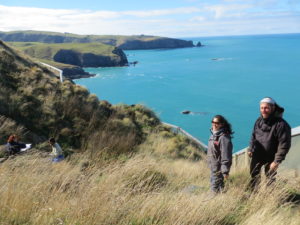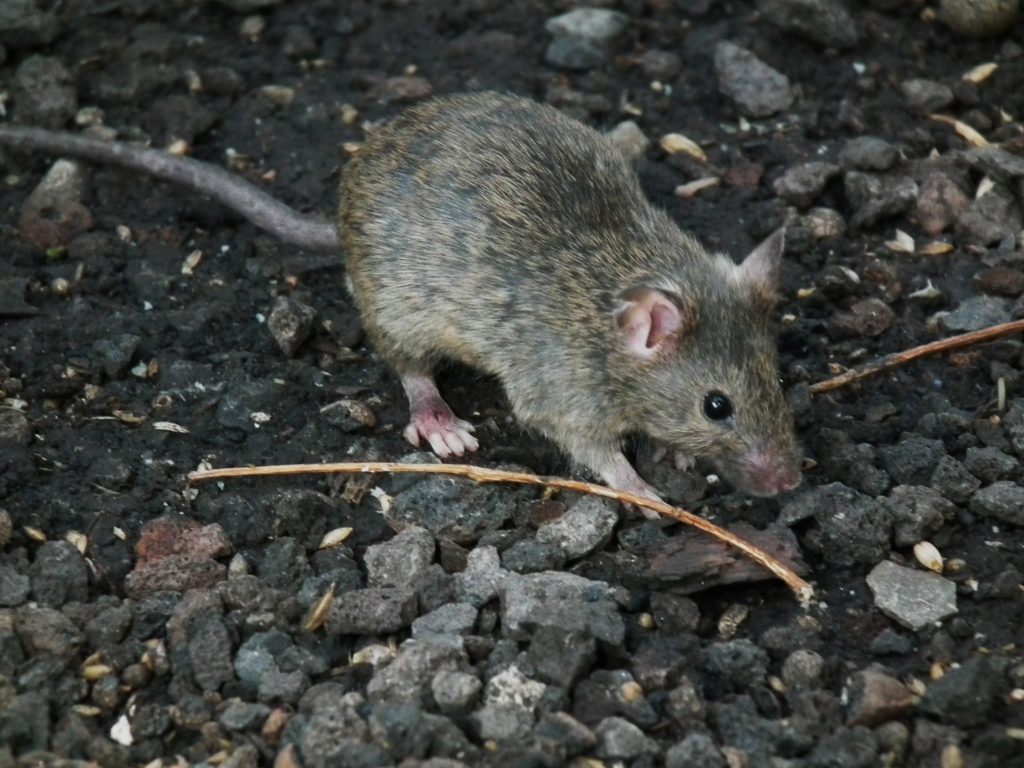Research and innovation mean that the options for helping out our native species are increasing all the time. First, there were small, predator-free island sanctuaries, then bigger islands and then there was Zealandia – the world’s first fully-fenced urban ecosanctuary.

Mainland sanctuaries are now being developed across New Zealand – but there is some serious fund-raising, fence-building and other logistics involved. So how do you determine which is the best – or most realistically affordable – option for protecting and restoring a prime piece of native habitat?
If you have highly endangered, very vulnerable species in your sanctuary, then the safest option is to fence predators out. But what if you have less vulnerable species and want to encourage them to flourish? Does an expensive predator-proof fence pay off in the long-term? Is a ‘leaky’ fence with good predator control a more practical option? Or is a dedicated, ongoing trapping and baiting programme the most realistic option, perhaps utilising the latest self-resetting traps to save on labour costs?

It’s great to have choices – but how do you choose? A group of researchers from Landcare Research and the Department of Conservation have been doing the sums and have come up with some results that may help conservation groups in their decision-making.
Grant Norbury (Landcare Research, Alexandra), Andy Hutcheon (DOC, Dunedin), James Reardon (DOC, Te Anau) and Adam Daigneault (Landcare Research, Auckland) estimated the costs for three sanctuary options over a 50 year period: mammal exclusion fences, semi-permeable (‘leaky’) fences and trapping. They then adjusted the cost estimates to take into account the effectiveness of each option at reducing the abundance of mammalian predators.
“The model predicted that an exclusion fence (efficacy 1.0) is the cheapest and most cost-effective option for areas below about 1 ha, a leaky fence (efficacy 0.9) is most cost-effective for 1–219 ha, and trapping (efficacy 0.6, based on 0.2 traps per hectare and a 1500-m buffer to reduce predator reinvasion) for areas above 219 ha.”
New developments such as long-life lures have the potential to reduce trap maintenance costs and the researchers also looked into this aspect when modelling predicted costs.
“Reducing trap maintenance costs from $300 to $100 per trap per year (e.g. using long-life lures), or reducing trap buffer widths to 500 m, significantly elevated trapping as the most cost-effective method for areas greater than 11–15 ha.
The researchers concluded that their model supported criticisms of exclusion fences as “generally not cost-effective”. The model did, however, show that ‘leaky’ designs – a cheaper option – were worth considering for small to medium sized areas.
Because this study was mainly based on reductions in predator abundance, not total eradication, it is not applicable to indigenous species “that are highly sensitive to predation and only ever adequately protected on the mainland by exclusion fences”.

The full article is published in Austral Ecology and is available for purchase:
Pest fencing or pest trapping: A bio-economic analysis of cost-effectiveness (2014)
Predicting mast years – and the resultant rodent outbreaks that follow them – means that predator control operations can be better planned and timed for greatest efficacy and cost-effectiveness. Scientists know quite a bit about how mice and rats respond when there is a mast year. But how do you predict a mast year before it happens?
In the past, prediction models have used summer temperatures as the basis for predicting autumn masting in forest and grasslands, but the models have been far from perfect. A new climate-based model, developed by New Zealand Landcare Research scientists and international collaborators, looked at changes in summer temperature, rather than absolute temperature. Was this summer hotter or cooler on average than the previous year? If it was hotter, then there is an increased chance of a beech mast and outbreak in house mouse numbers.
Because records of average temperatures are readily available at a regional level, the model also means that the regional locations most likely to experience masting can easily be identified. Not only does the new model predict masts – it also predicts mega-masts – and means that planning for predator control can be instigated a year in advance.
The full research article is freely available:
Climate-Based Models for Pulsed Resources Improve Predictability of Consumer Population Dynamics: Outbreaks of House Mice in Forest Ecosystems (2015)

